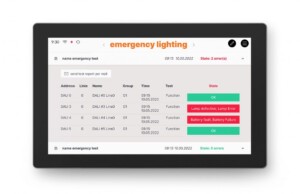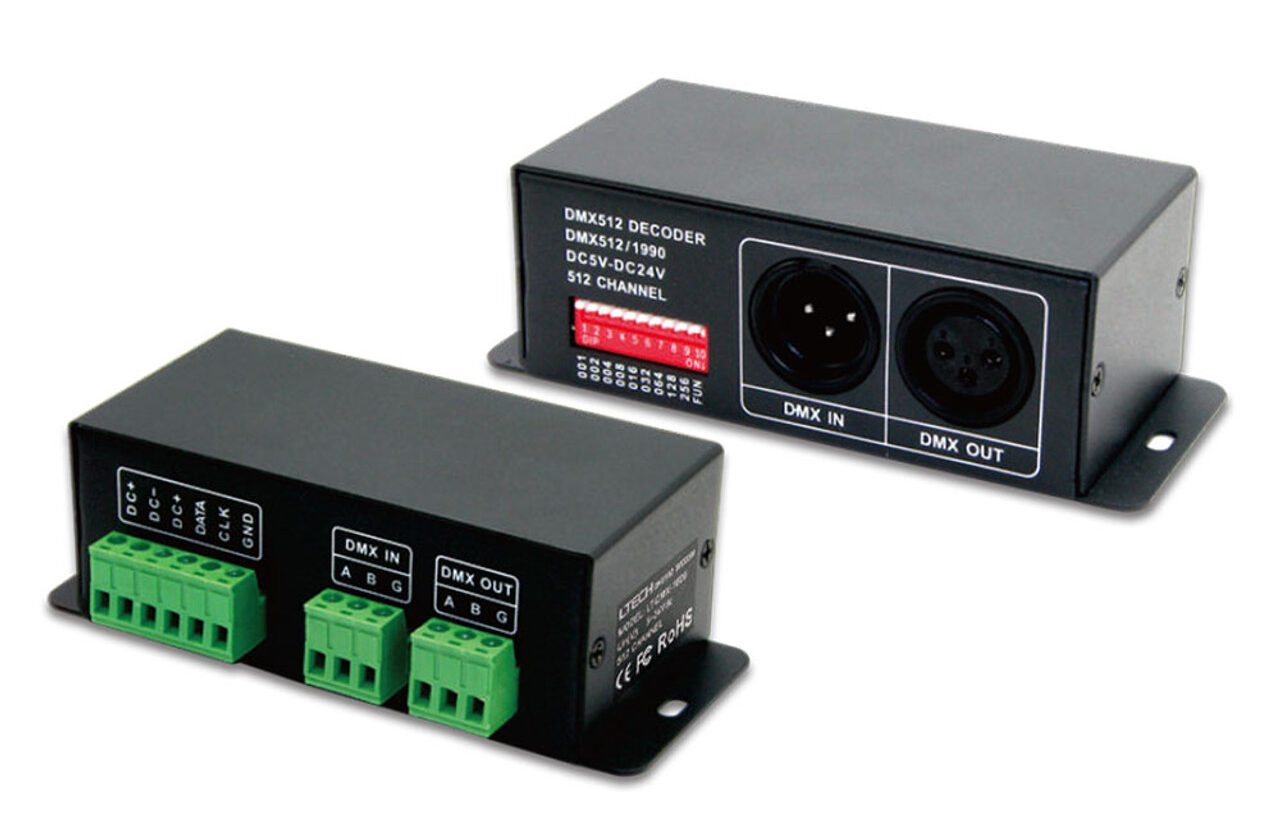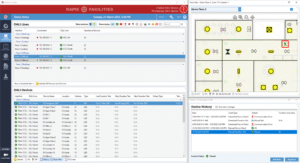
SPI (Serial Peripheral Interface) Digital LED Controllers are designed for use in the control of digital LED Strip / Tapes, or often called ‘Pixel Tape‘. This tapes allows individual control of each LED Chip meaning you can form linear sequences and complex colour effects.
As with every new concept, there is a requirement for a control solution. Initially Pixel Tape was controlled using a Raspberry Pi and/or Arduino Hardware which required custom script typically outside of scope of knowledge. Since then the ‘SPI’ protocol has been developed allowing an easier approach to use of these LED products.
SPI is often related to DMX, another protocol for lighting control which allows control of up to 512 channels in each DMX universe. SPI, will allow a significantly greater number of channels when compared to DMX meaning less hardware is required for each piece of LED Pixel Tape.
Unfortunately, SPI is not a managed Protocol are presents issues in it’s early day form, for example: SPI has various other names such as WS2811, TM1809 and APA102 making compatible a challenge. Further this technology is not easily integrated into other Lighting Control Systems meaning it’s often not an option for commercial use.
Luckily, there are some options including DMX <> SPI which we, the KNX Protocol, can communicate across. This allows KNX integrators to program DMX commands to execute SPI sequences and therefore manage the installation post installation and commissioning of the complex SPI setup.

If you’d like to learn more about how you can include SPI and Pixel Tape in your project, please get in touch with our projects team: [email protected]




